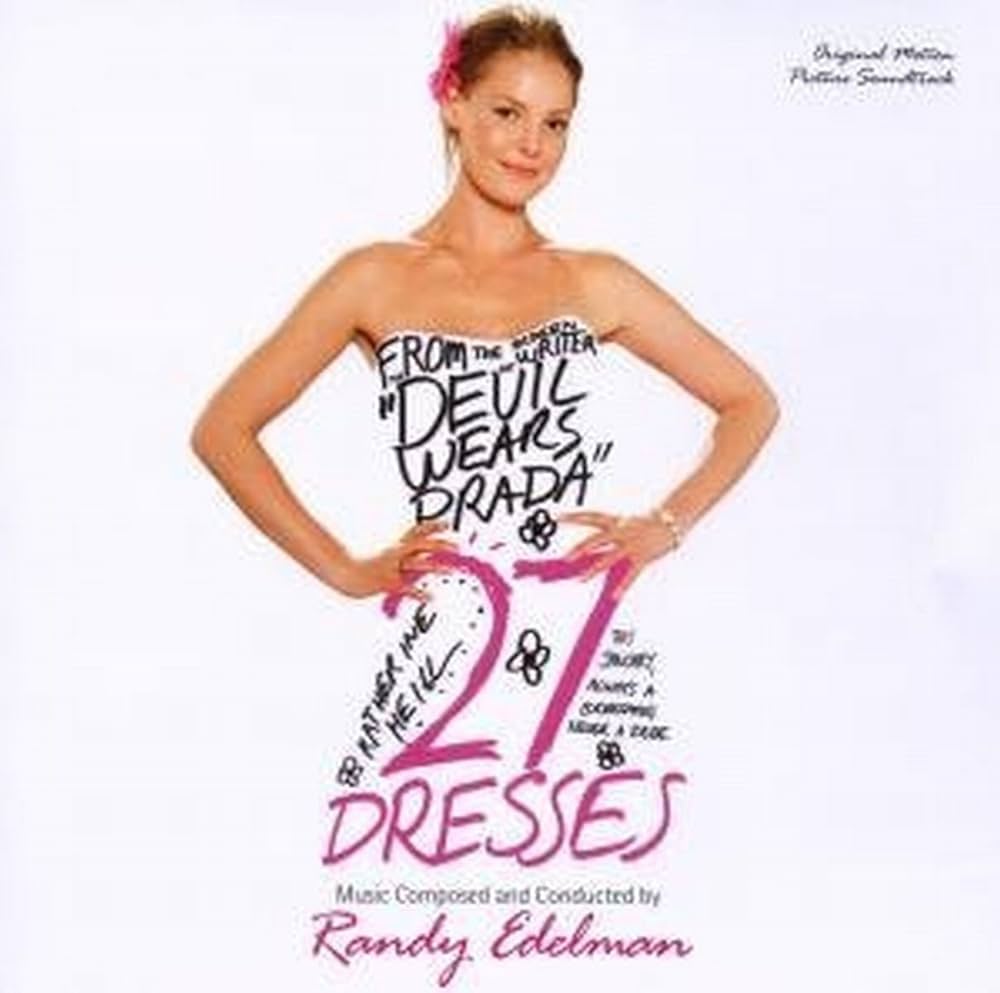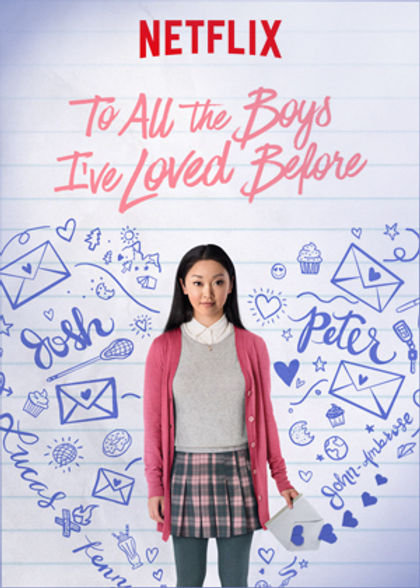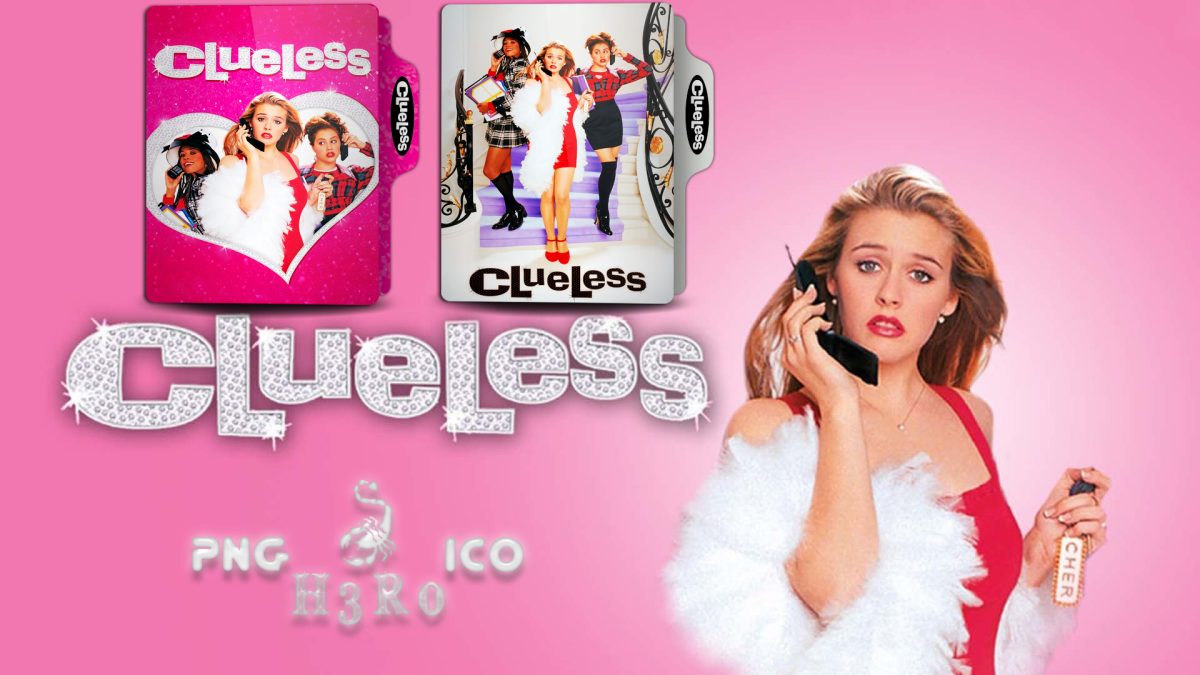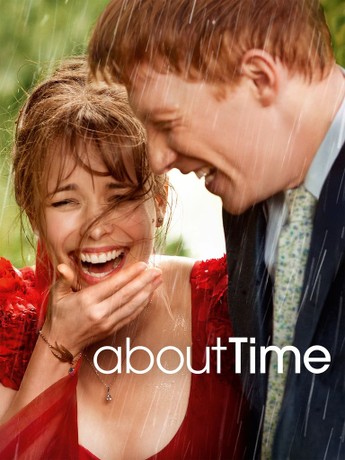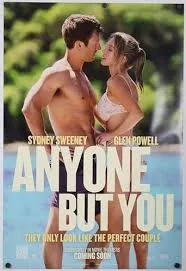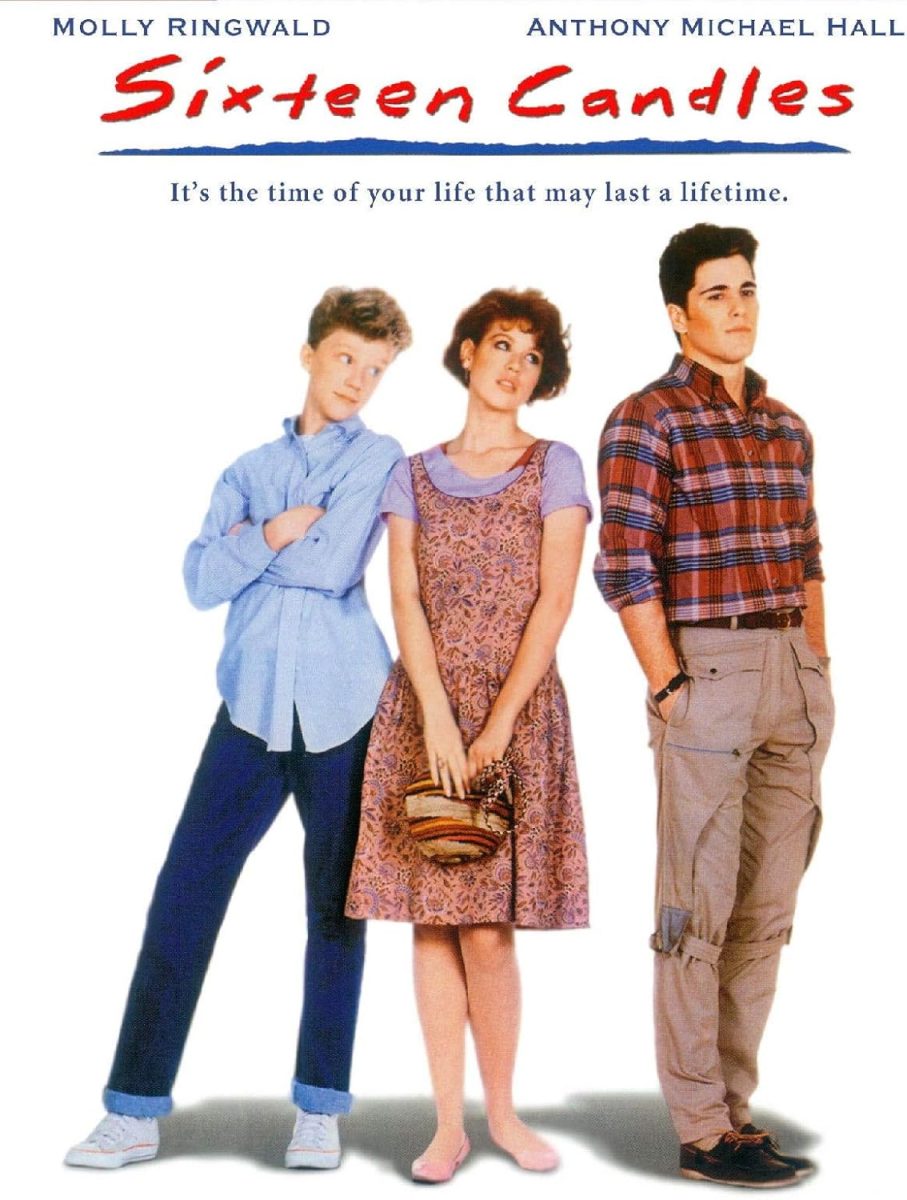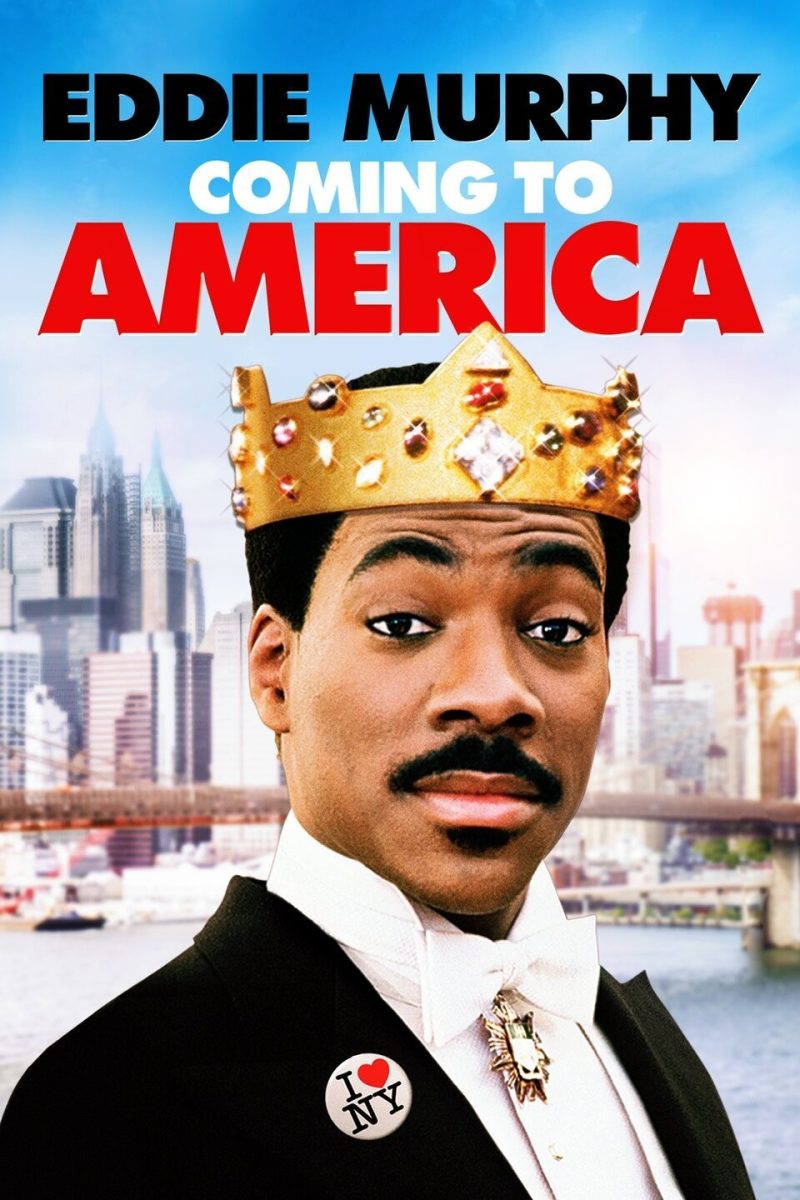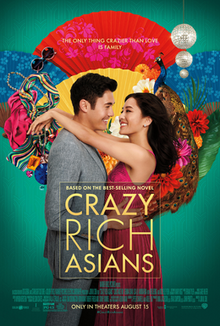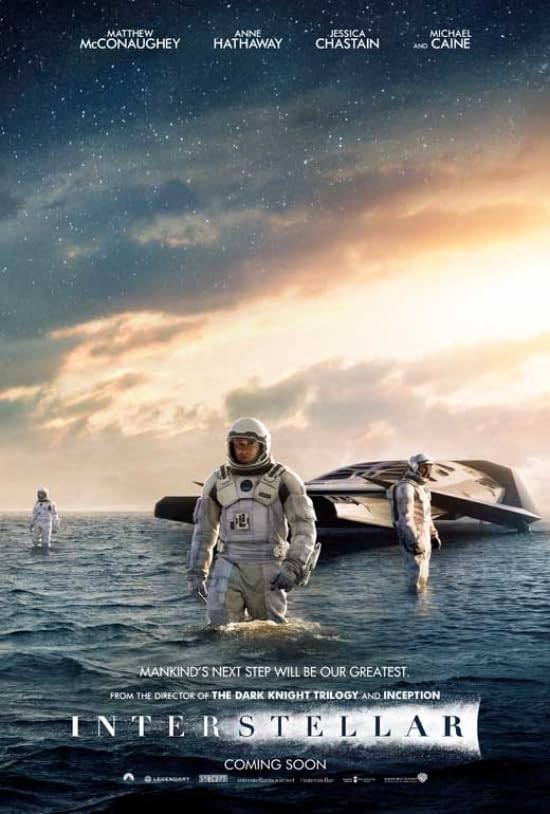Black Panther is now a pinnacle of modern cinema; with its top tier gross of $1.2 billion, powerful representation of the black community, and visionary reinvention of African culture, this superhero is sure to amaze.
Film’s Synopsis
Black Panther follows Chadwick Boseman as T’Challa, the young Prince of Wakanda: a nation so technologically advanced it had to be hidden from the rest of the world. Complete with a highly desirable metal called “vibranium” that serves as the country’s main power source, an illusory rain forest border that camouflages its existence, and its very own superhero, Wakanda is always ten steps ahead of the rest of Earth.
However, after T’Challa’s father, King T’Chaka’s death in Captain America: Civil War, the prince must take over the throne and learn to successfully control a nation as well as harness the godly powers of the Black Panther. After he and royal bodyguard Okoye (Danai Gurira) grab mercenary Nakia (Lupita Nyong’o), the trio head back home. Upon return, the new king is celebrated by all of Wakanda’s people.
Royal Problems
Of course, the succession of the throne does not come without some kind of threat. Criminal Ulysses Klaw, played by Andy Serkis, and once U.S Soldier Erik “Killmonger” Stevens, Michael B. Jordan’s nefarious character, stir up some trouble by stealing an ancient Wakandan axe made of vibranium from a London gallery (the museum mistook the piece for simple African antique). After Wakandan elders are notified of Klaw and Killmonger’s intentions to sell the weapon to an unknown buyer, T’Challa, Okoye and Nakia are sent to intercept. Things get complicated when T’Challa learns the purchaser is Martin Freeman’s Agent Everett K. Ross as part of the CIA’s own plan to take them down.
With the help of powerful suits designed by Letitia Wright’s Princess Shuri, a high-tech savvy rebel and T’Challa’s younger sister, specifically for battle, the threesome hunts the crooks down in an underground casino in Busan, South Korea. Though T’Challa gets his hands on Klaw, Killmonger gets away.
Jordan’s character later saves Klaw, but murders him and delivers his body to Wakanda as a token. Killmonger reveals himself as son of N’Jobu, late King T’Chaka’s younger brother, and rightful heir to the Wakandan throne. That is, rightful heir if he defeats T’Challa in traditional combat.
Reclaiming The Throne
With the “power of the Black Panther stripped away”, T’Challa falls to Killmonger’s strength. His body is dumped off a cliff; but that wasn’t the last of the prince. Angela Bassett’s Queen Ramonda finds comatose T’Challa with M’Baku, cousin to the royal family and part of another Wakandan tribe. He is healed by a magical heart-shaped herb and returns to save Wakanda from the hands of Killmonger.
In the end, Killmonger is defeated in an epic battle between T’Challa and the protectors of the throne, who turned against him in light of a new king. Wakanda finally returned to its proper ruler.
Cracking the Box Office
With its widespread popularity and vehement feedback from both Marvel Cinemtaic Universe (MCU) fans and critics alike, Black Panther was bound to break Box Office records.
Surpassing a $500 million domestic gross in its first weekend, the film made its way to the top ten highest grossing movies of all time: an impressive title for an MCU adaptation. In fact, the motion picture is officially the fifth highest domestically grossing film in history, trailing Titanic and Jurassic World. In addition, the movie has also topped The Fate of the Furious and Iron Man 3 as having the 12th highest worldwide gross ever ($1.239 billion).
Though it has not yet excelled the likes of Star Wars: The Force Awakens and Avatar, Black Panther follows close behind in the running for most valuable movie of all time. This, in turn, makes it not only a national treasure, but a global cinematic wonder.
Representation Matters
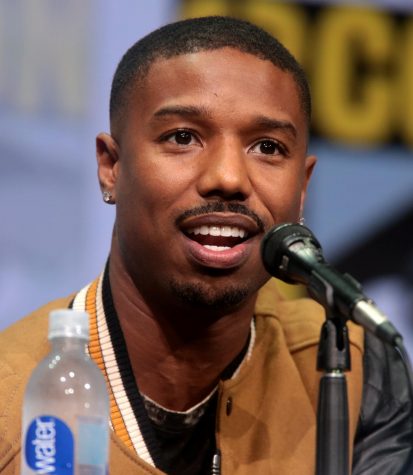
Actor Michael B. Jordan explains Erik “Killmonger” Stevens at Comic Con.
The need for representation has always been strong in the entertainment world. Since the birth of cinema, apt utilization of the African American community in films has been rare. Black Panther satisfies that necessity with a predominantly black cast and groundbreaking portrayal of African culture.
Director Ryan Coogler’s exceptional casting choices called for great actors. Such were Boseman and Jordan, both particularly supportive of the film’s majorly black cast. Jordan told Glamour Magazine, “I think representation is extremely important. I keep looking back at my ten year-old self and what I didn’t have to look at in films.”
He said, “For the next generation being able to see themselves in positions of power, royalty, strength, powerful women, strong characters, smart, intelligent, I think that’s extremely important.”
Wakanda is Female
“Don’t scare me like that, Colonizer,” Princess Shuri snarks at Agent Ross in one epic scene. Screenwriter Joe Robert Cole meant this line literally.
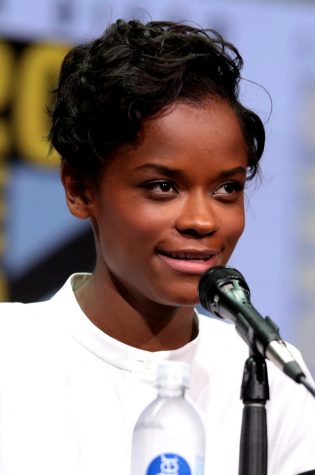
Actress Letitia Wright speaking about her character, Princess Shuri, at “Comic Con” after the release of “Black Panther”.
On the topic of powerful women, Coogler didn’t shy away from the concept of female instrumentality in an African nation clear of colonization. The idea was that Wakanda, the fictional setting in Black Panther, is a country free of European captivity. As a result, the widespread sexualizing, demeaning and degrading of black women throughout history can’t exist. This gives feminism a natural dominance in a country filled with men. In fact, Wakanda’s technologically advanced society is mainly run by women.
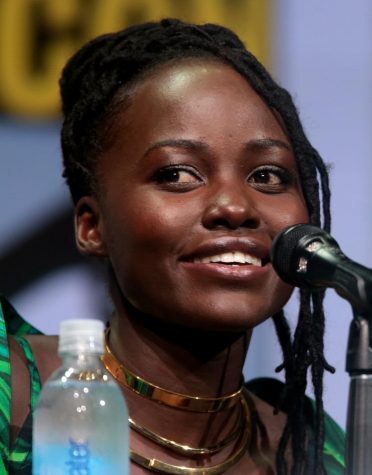
Lupita Nyong’o smiles as she speaks about her role as Nakia in “Black Panther” to fans at Comic Con.
The “Dora Milaje”, sworn protectors of the Wakandan throne, are some of the awe-inspiring women that make up the heavily female cast. Nyong’o and Gurira, playing combative warriors, illustrate the inspiring power of indignant black women. Other female roles in the movie include Queen Ramonda, the wise mother of T’Challa. Princess Shuri, Wakanda’s “vibranium” connoisseur, is also a notable female character for her wit. (Vibranium is the sought after, indestructible metal that makes Wakanda so powerful).
If it isn’t obvious enough, the ongoing theme of royalty suggests a subliminal message that black youth is royally magnificent. That alone is enough to prove the importance of the film’s representation.
Rewriting History
On another note, the depiction of African women in power also alludes to the initial goal of the intersectional feminist movement starting in early 1960. As a matter of fact, Black Panther is altogether a reference to the Black Panther Party of the Civil Rights Movement.
Villain Killmonger also hinted at the notion of police brutality and maltreatment against minorities throughout the movie. Black Lives Matter activists exclusively focus on these topics. Such were splendidly appropriate allusions for such a powerfully representative film.
All in all, Black Panther provides an opportunity for young children of color to see some of themselves on screen.
The “Afrofuturist” Movement and Reinventing Africa
As Black Panther crawled into theaters, a wave of Pan-Africanism took hold of fans all over the world. The movie’s “afrofuturist” aesthetic only helped.
Quite The Costumes
Since the film’s release date was after the end of 2017, Black Panther was not eligible for any 2018 Oscar nominations. However, it is likely the movie would have swiped an Oscar for “Best Costume Design”. Thanks to Black Panther’s costume designer Ruth E. Carter, characters like Shuri and T’Challa are draped in traditionally afrocentric garments with high fashion twists. This, as she explained, was to focus the audience on the refreshing beauty of raw African culture.
When describing the intricate schemes on T’Challa’s Black Panther suit, she told the National Public Radio, “[The] triangle[s] [are] the sacred geometry of Africa. I call that pattern the ‘Okavango’ pattern. I felt that it made his suit have this character that would, in the wide shots, make him this superhero but in the close-up, you see this beautiful pattern that is consistent with a lot of the art of Africa and would turn him into this African king.”
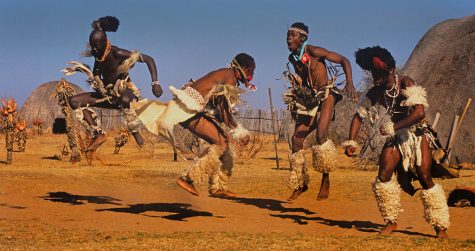
“Black Panther” designer Ruth E. Carter creates afrocentric pieces resembling the likes of the Zulu people, pictured above.
When it came to Queen Ramonda, Carter decided to create an avant-garde piece inspired by South African Zulu hats. She said, “I wanted to present an image that was the quintessential queen—hands down, no mistaking it. Her silhouette is very, very much of the Queen of Wakanda.” Using a 3D printer to masterfully build “wearable art”–a touch that reinforces Black Panther’s futurism–Carter creates an authentic queen for Wakanda’s royal family.
In addition to T’Challa and Ramonda, Carter manages to equip characters like Nakia with “Afro-punk” influenced outfits. Accents like her metal plates and woven suit are staples of modern afrocentric culture.
Afrofuturist Tunes
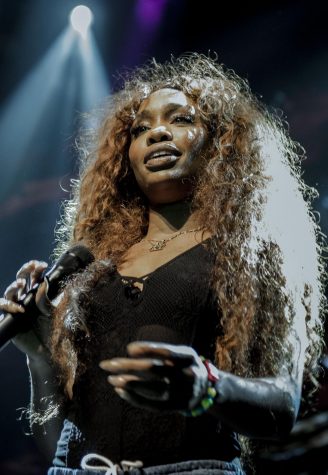
Singer SZA, pictured here, is one of the distinguished black artists that grace “Black Panther’s” soundtrack.
Even with a predominantly African American cast and production team, Black Panther couldn’t get enough representation. Coogler teamed up with Ludwig Göransson, famed Swedish composer, to create an outstanding soundtrack and score.
Featured on the film’s soundtrack are popular contemporary black artists like Kendrick Lamar, SZA, and Vince Staples. Not only are the songs’ styles reflective of an afrofuturist tone, but they also emulate a defiant attitude. One track in particular, “BagBak” by Vince Staples, is “a brash, three-minute long protest track that tackles numerous issues of race, released just weeks before President Trump officially took office,” as mashable.com describes it.
In The End
Considering the film’s incredible cast, revolutionary aesthetic and awe-inspiring messages, it is hard to compete with its glory. Whether viewers resonate with the underlying conversation of representation, or are simply looking for some good action, this is the movie to see. To put it in simple terms, Black Panther is absolutely the film to watch right now.






